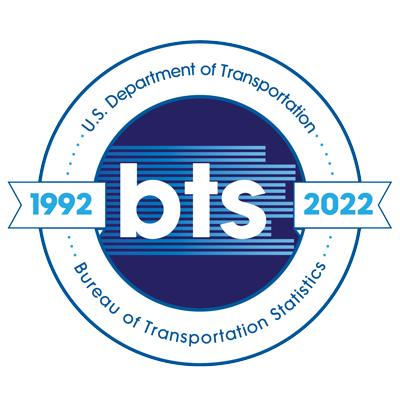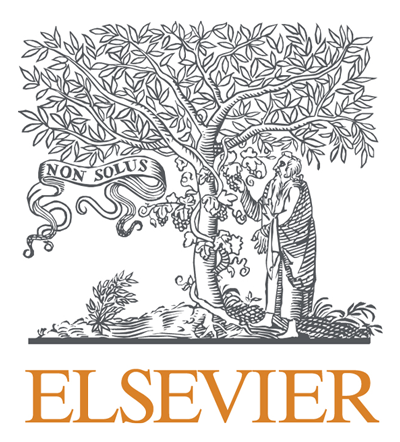Street crime prediction using a spatial-temporal cokriging method: a case study of San Jose
Topics:
Keywords: Spatial-Temporal Cokriging, crime prediction, VIIRS nightlight
Abstract Type: Paper Abstract
Authors:
Xiangyu Ren, San Jose State University
Bo Yang, San Jose State University
Xi Gong, University of New Mexico
Yanhong Huang, University of New Mexico
,
,
,
,
,
,
Abstract
Accurate crime prediction can help allocate police resources for crime reduction and prevention, especially in large metropolises. Previous research on geo-statistical modeling mainly considered one type of data in the space-time domain, and few sought to blend multi-source data. In this research, we proposed a Spatial-Temporal Cokriging algorithm on street crimes in San Jose city, one of the most populous and prosperous cities nationwide, to integrate historical crime data and urban transitional zones for more accurate crime prediction. Time-series historical crime data of 11453 police call records in 2021 including assaults and robberies were used as the primary variable, while urban transitional zones identified from the Visible Infrared Imaging Radiometer Suite (VIIRS) tiled nightlight images were used as the secondary co-variable. As the spatial distributions of crime on weekends and weekdays differ significantly from hot spot analysis, the crimes were divided into quad-week periods for weekends and weekdays and were predicted separately. By introducing a second variable to the prediction, the method integrated multi-source data, planting the data-driven prediction in a pattern with social meaning. The multi-sources of variables such as racial/ethnic heterogeneity and streetlight distribution were further discussed in the research.
Street crime prediction using a spatial-temporal cokriging method: a case study of San Jose
Category
Paper Abstract








